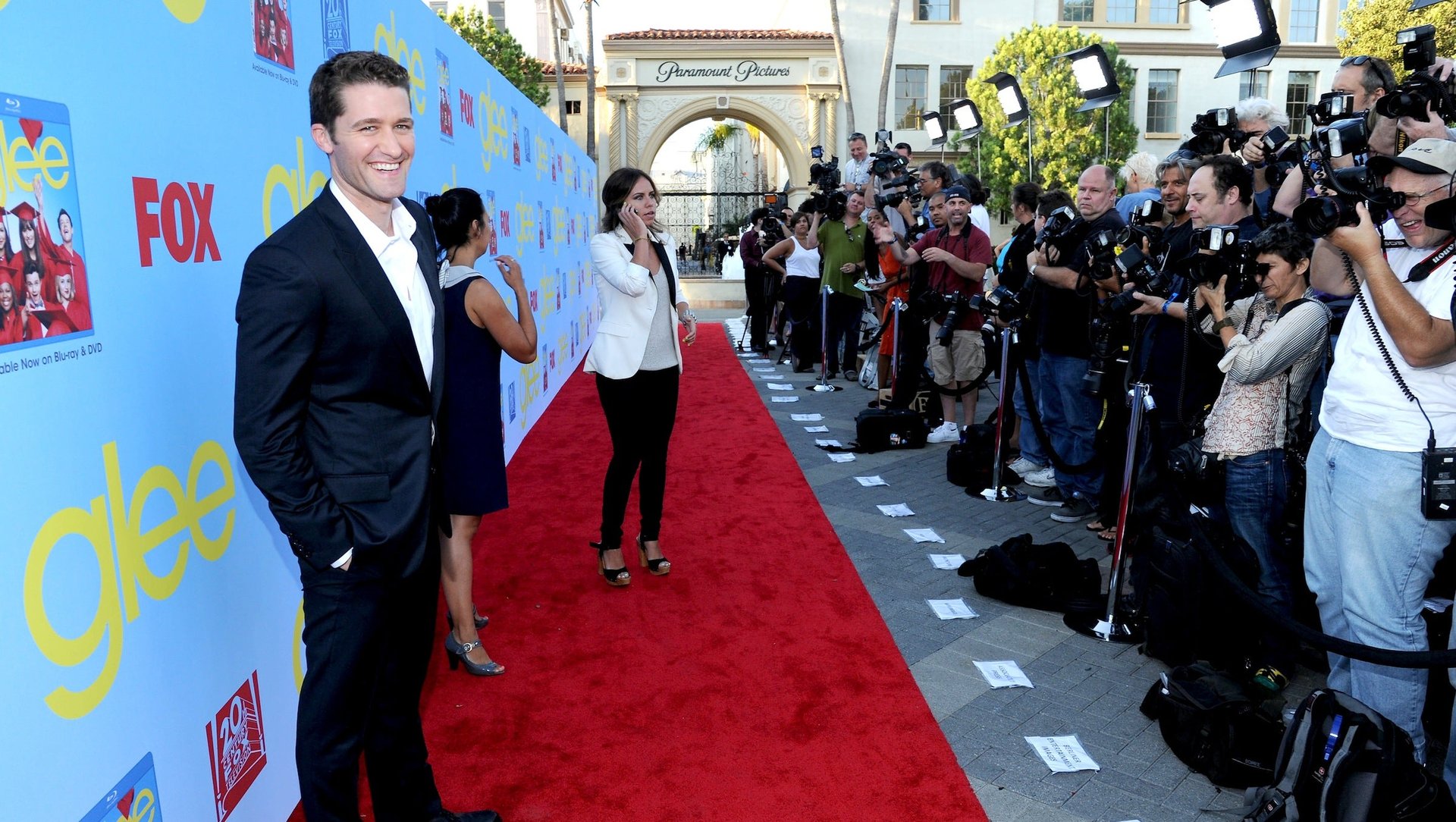Now any company can tweet at you while you’re watching your favorite TV show
Television has become a critical part of Twitter’s ad strategy. Today, the company released figures showing how that effort is going. In May, Twitter announced an experimental TV ad targeting initiative, which allows companies to engage directly on Twitter with consumers who have likely seen their TV commercials. Twitter said consumers exposed to those promoted tweets had a 58% higher purchase intent compared with people who just saw the TV ad. User engagement rates were 27% higher than historical averages for those companies.


Television has become a critical part of Twitter’s ad strategy. Today, the company released figures showing how that effort is going. In May, Twitter announced an experimental TV ad targeting initiative, which allows companies to engage directly on Twitter with consumers who have likely seen their TV commercials. Twitter said consumers exposed to those promoted tweets had a 58% higher purchase intent compared with people who just saw the TV ad. User engagement rates were 27% higher than historical averages for those companies.
Twitter is now making TV ad targeting available to all marketers (it was available to select companies during the experimental phase). The company is also enhancing its existing analytical capabilities so advertisers using the program can better understand what people on Twitter are saying about their ads.
Showing that you have a proven ad revenue stream is a critical success factor for most media-related companies, but it’s especially important in making the firm attractive to investors when it goes public. And Twitter’s IPO is one of the most anticipated by investors. Facebook’s IPO last year stumbled for a variety of reasons, one being that just before it went public, the company said its advertising sales were slowing, especially on mobile devices.
Twitter may soon face more competition from Facebook for TV-related ads. Trendrr, which examines social media activity about television shows, just announced that Facebook had five times as much user engagement for TV than all social media outlets combined. That said, the data is not comprehensive because Trendrr only measured activity over one week.
Because fans of TV shows often show their enthusiasm through Twitter, building an ad strategy around TV is an obvious move. Twitter has been able to ramp up its TV advertising initiatives since it acquired Bluefin Labs, which also analyzes social media data around TV.
Deb Roy, who is the founding CEO of Bluefin and now Twitter’s chief media scientist, told Quartz that Twitter is the “social soundtrack” of life in the moment, including for TV viewing. Viewers share the experience of watching a show with others through their Twitter commentary, which amplifies the experience. In other words, Roy said a joke is funnier if you can laugh with people on Twitter, and the roar of a crowd during a sports game is louder when it includes Twitter.
Companies can use that amplification (video) to reach more consumers, (though users can opt out of receiving the promoted tweets). Here’s an example: Viewers who are tweeting about an episode of the TV show Glee—which airs a Volkswagen car ad during a commercial break—could receive promoted tweets from Volkswagen.
Similarly for broadcasters, sports channel ESPN can tweet highlight clips of a sports game to those who tweeted about that event, as well as to their followers, which might boost viewership of that game. The initiative is known as Twitter Amplify.
“You can start a dialogue with TV and then follow up with Twitter,” Roy said. “It’s a new way of talking to consumers.”
In addition to competing with Facebook, Twitter is also up against on-demand TV services like Netflix and Hulu. Younger viewers especially own fewer television sets and use their laptop or tablet instead to watch movies or TV shows on their own time. TV ad targeting only works if there are a group of people watching something at the same time, in real time. Roy argues that young people are still prime targets on Twitter because they yearn more for connection.
Twitter also has major opportunities for TV-related advertising in non-US markets, where the bulk of Twitter’s users reside. “I’m talking with colleagues in the UK, Brazil, France,” Roy said. “The same pattern is emerging over and over regarding Twitter and TV. We’re all figuring out audience behavior.”